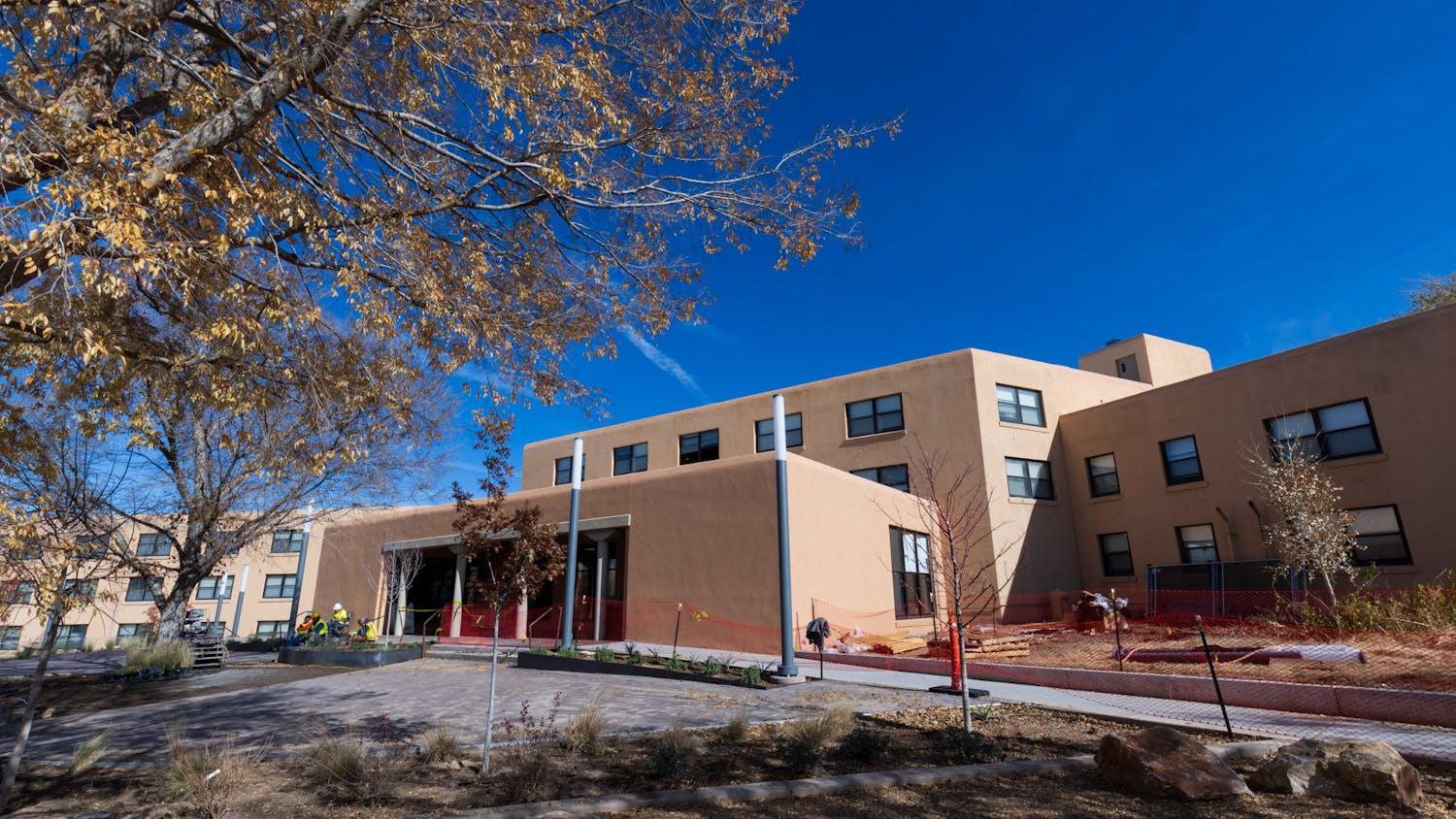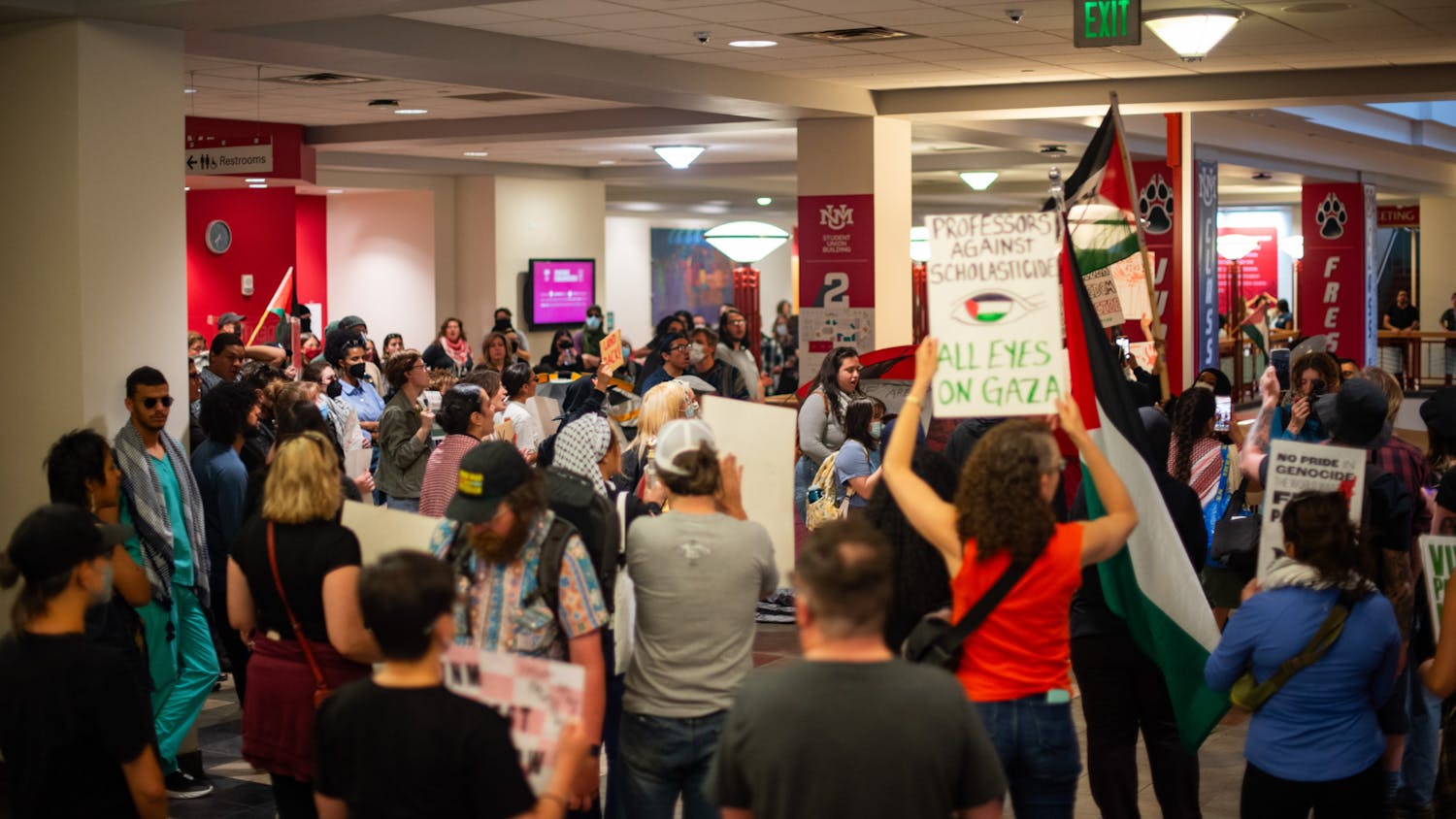UNM is the first university to create an online, 3-D virtual training program for the H1N1 influenza virus.
Adel Saad, who created the program on Second Life, an online, 3-D virtual-world Web site, said it teaches users how to organize a mass preventative clinic.
Saad said the Center for Disaster Medicine financed the project with a $6,000 grant.
Luke Esquibel, coordinator for the Albuquerque-UNM Medical Reserve Corps, said the training was created for his group, which assists in local response in an emergency or disaster.
Because of the project, Saad was invited to present at the Aug. 13 Second Life Community Convention.
Saad said coordinators of the conference were looking for anyone within Second Life who had done a project about H1N1.
“They went to go look and MIT didn’t, Harvard didn’t, Stanford didn’t,” he said. “I mean, there were talks (about creating something virtually), but no one did creative training.”
Saad said anyone can now walk through the 30-minute training by going to a virtual UNM island, which has a flu clinic building with information slides.
Saad and his assistant developed the training program in three weeks.
“It was a big learning curve, but it’s not too hard,” he said. “Once you get the hang of it, I think any age can learn to build (the virtual island), and you have plenty of help within Second Life, and instruction to help you build whatever you want.”
Esquibel said the project has seen increasing traffic since the training opened in June.
“In June, we probably had about 300 people go through,” he said. “But in July we had about 1,200. … A lot of the feedback that I’m getting is that a lot of the public likes this kind of technology because it’s reachable.”
Get content from The Daily Lobo delivered to your inbox
Ryan Hodnick, an MRC volunteer, said he didn’t complete the training but was impressed by the project.
“It really takes online learning to the next level,” he said. “It’s very visual, very live. It’s not the boring flat screen.”
Saad said several other UNM entities are interested in using Second Life in their programs. The UNM New Media and Extended Learning program may use Second Life to teach classes. The Health Sciences Center could use the program to help patients kick bad habits or learn to modify what they do to accommodate their illnesses. The Maxwell Museum might create online virtual tours.
Saad said he already uses the program to create virtual archaeological spaces that UNM is scheduled to explore.
The second phase of the H1N1 project, which Saad expects to complete before Thanksgiving, will add role playing with other avatars. There will be scenarios where an avatar is exhibiting H1N1 symptoms, which will help the trainees put into practice what they learned in the training.
Saad said the training program comes at an appropriate time, as President Barack Obama, Mexican President Felipe Calderon and Canadian Prime Minister Stephen Harper vowed to fight the spread of the H1N1 swine flu cooperatively on Aug. 10.
“They think the virus is going to come back 10 times stronger, and it’s their big worry,” he said.
Deborah Busemeyer, communications director for the New Mexico Department of Health, said there have been 26 hospitalizations and one death because of the H1N1 virus in New Mexico.






